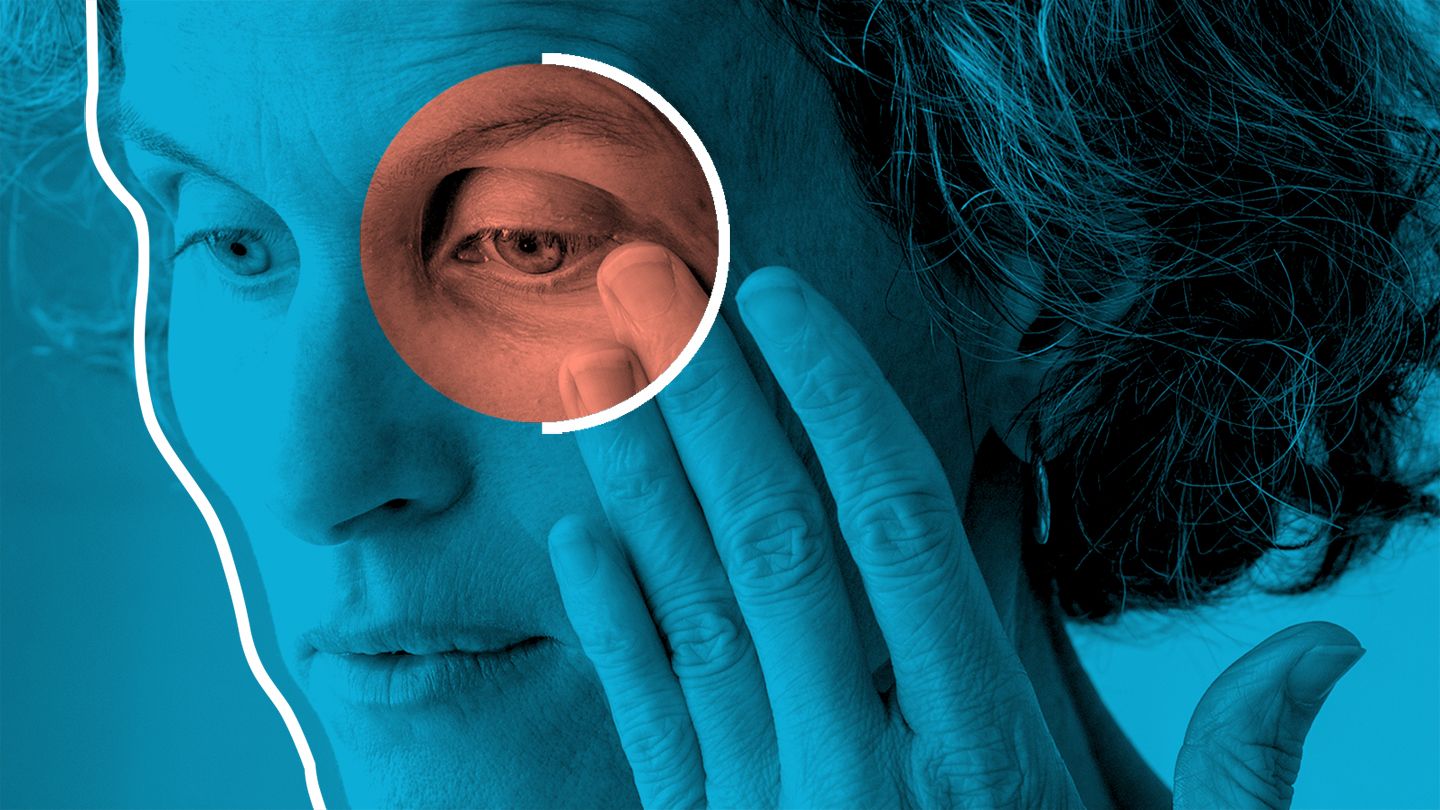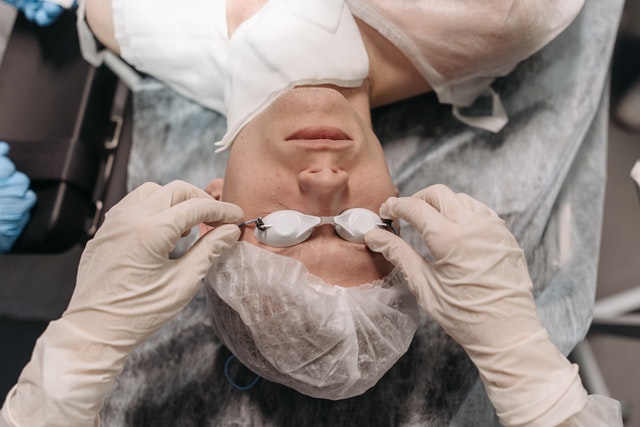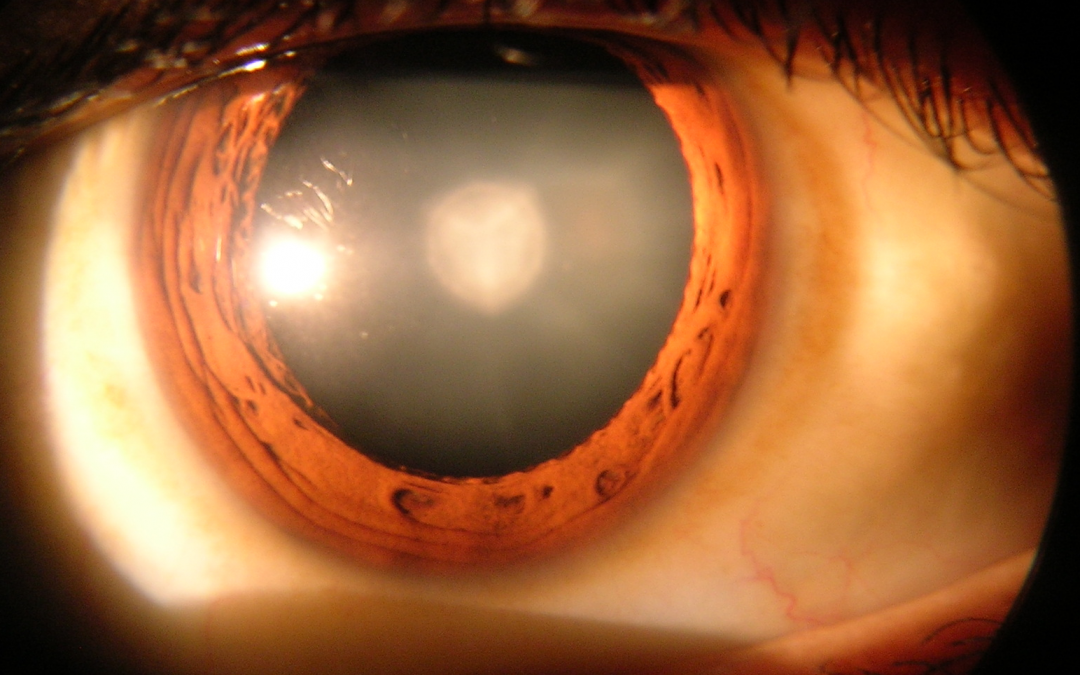Cataracts are a common eye condition that affects millions of people each year. If you are one of the many people who suffer from cataracts, then you may be considering surgery to correct the problem. This article will provide you with basic information about cataract surgery so that you can make an informed decision about whether or not this procedure is right for you. Keep in mind that every case is different, so be sure to consult with your doctor about your specific situation.
What are cataracts?
A cataract is a clouding of the eye’s natural lens, which lies behind the iris and pupil. The lens helps focus light on the retina, the sensitive tissue at the back of the eye that converts light into electrical signals that are sent to the brain and interpreted as images.
Most cataracts develop slowly and don’t disturb vision early on. cataracts usually become more opaque over time and cause symptoms such as blurry or fuzzy vision, increased difficulty seeing at night, and fading or yellowing of colors. Some cataracts may grow rapidly and cause serious vision problems sooner.
Cataract surgery is the most common type of surgery performed in the United States. It involves removing the cloudy lens and replacing it with an artificial one. Surgery is usually successful in improving vision, and most people don’t experience any complications.
If you have cataracts, your doctor will likely recommend surgery to remove them. Cataract surgery is usually safe and effective, and it can help improve your vision.
What causes cataracts?
Age-related cataracts are the most common type of cataract and tend to develop slowly over time. They are usually a result of protein buildup within the lens of the eye, which causes the lens to become opaque and cloudy. Other potential causes of cataracts include trauma, certain medical conditions, prolonged exposure to ultraviolet (UV) light, and smoking.
Cataracts can also be present at birth (congenital cataracts) or develop in childhood (juvenile cataracts). These types of cataracts are often caused by genetic factors or problems with the development of the eye during pregnancy.
This is a shortlist of the common causes of cataracts:
Age
The most common cause of cataracts is simply aging. As people get older, the proteins in their lenses start to break down and clump together, causing the lenses to become less transparent. This is why cataracts are more common in seniors.
UV Exposure
Too much exposure to ultraviolet (UV) radiation from the sun can also lead to cataracts. This is why wearing sunglasses and hats with brimmed can help protect against cataracts.
Family History
Cataracts can be hereditary, so if you have a family member with cataracts, you may be more likely to develop them as well.
Diabetes
People with diabetes are also at an increased risk of developing cataracts. This is because high levels of blood sugar can damage proteins in the lens, leading to cataracts.
Smoking
Cigarette smoking has also been linked to cataracts. So, if you smoke, quitting can help reduce your risk.
Other Medical Conditions
Certain medical conditions, such as hypertension or inflammatory diseases, can also lead to cataracts.

What are the symptoms of cataracts?
- Blurry vision
- Decreased night vision
- Yellowing of the eyes
- Halos around lights
- Needing more light to read or see
- Double vision in one eye
- Fading colors
- Glare and light sensitivity
- Poor vision in dim lighting
- A change in the way you see prescription glasses or contact lenses
- Frequent changes in eyeglass prescription
- New cataracts can form even after cataract surgery, though this is uncommon.
If you experience any of these symptoms, contact your eye doctor for an evaluation.
What diseases are associated with cataracts?
Cataracts are often associated with other diseases, such as glaucoma, diabetes, and high blood pressure.
- In some cases, cataracts may be caused by specific diseases. For example, cataracts can be a symptom of radiation sickness.
- Cataracts can also be caused by medications, such as steroids.
- Infections and inflammation of the eye can also lead to cataracts. trauma to the eye can also cause cataracts.
- Congenital cataracts are present at birth and may be due to genetic factors or infections during pregnancy.
- With age, the most common type of cataract develops from protein buildup in the lens of the eye. This is called an age-related cataract (ARC). cataracts usually form slowly and don’t affect vision until they become large. cataracts can make your vision blurry, hazy, or less vibrant.
They can also cause glare, make it hard to see at night, and cause double vision in one eye.
What happens if you do not treat cataracts?
If cataracts are left untreated, they will eventually lead to vision problems. The most common symptom of cataracts is blurry vision. Other symptoms can include:
– Difficulty seeing at night
– Halos around lights
– Double vision in one eye
– Fading or yellowing of colors
– Poor contrast between colors
– Frequent changes in eyeglass prescription
If cataracts are not treated, they will eventually cause blindness. In the United States, cataracts are the leading cause of blindness. Treatment for cataracts is typically surgery to remove the cloudy lens and replace it with an artificial lens.
If you do not treat cataracts, your vision will gradually worsen as the cataract grows. Eventually, cataracts can cause complete blindness. In addition, cataracts increase your risk of falls and accidents.
What is the treatment for cataracts?
Cataracts are treated with surgery to remove the cloudy lens and replace it with a clear artificial lens. Surgery is usually done as an outpatient procedure, and most people can go home the same day. cataract surgery is generally very successful in improving vision.
There are different types of cataract surgery, but all involve making an incision in the eye to remove the cloudy lens and replacing it with a clear artificial lens. The type of surgery that you have will depend on your individual situation.
Cataract surgery is generally very successful. Most people who have cataract surgery have noticeable improvements in their vision. In fact, cataract surgery is one of the most successful surgeries performed today. Complications from cataract surgery are rare but can include infection, bleeding, and swelling.
What are the steps in cataract surgery?
Cataract surgery is typically performed as an outpatient procedure. This means you can go home the same day as your surgery.
The first step is to numb your eye with drops. Next, your surgeon will make a small incision in the front of your eye. A tiny device will be inserted through this incision and will emit ultrasonic waves to break up the cataract into pieces. These pieces will then be suctioned out of your eye.
Once the cataract is removed, your surgeon will place an intraocular lens (IOL) in your eye. This lens will help restore clear vision. In some cases, additional stitches may be needed to close the incision.
After cataract surgery, you will likely experience some mild discomfort and blurry vision. These side effects are temporary and should resolve within a few days. You will also need to use eye drops as prescribed by your surgeon.
Most people experience significant improvement in their vision after cataract surgery. In fact, cataract surgery is one of the most successful types of surgery performed today. With proper care, your new intraocular lens can last a lifetime.
Which cataract surgery is best?
There are several types of cataract surgery, and the best type for a particular patient depends on a number of factors. These include the severity of cataracts, the health of the eye, and the patient’s preferences.
Some common types of cataract surgery are traditional cataract surgery, laser-assisted cataract surgery, and intraocular lens implants.
Traditional cataract surgery involves making an incision in the eye to remove the cloudy lens. The surgeon then replaces it with an artificial lens.
Laser-assisted cataract surgery uses a laser to make some of the incisions needed to remove cataracts. This can help to improve accuracy and decrease surgical time.
Intraocular lens implants are a type of cataract surgery in which the surgeon inserts a new lens into the eye to replace the cloudy one.
Which type of cataract surgery is best for a particular patient depends on many factors. The doctor will consider the severity of cataracts, the health of the eye, and the patient’s preferences when making a recommendation.
Will cataract surgery improve my vision?
Yes, cataract surgery will improve your vision. Cataracts are a common cause of vision loss, and surgery is the only way to treat them. During cataract surgery, your surgeon will remove the cloudy lens from your eye and replace it with a clear artificial lens. This will improve your vision and help you see more clearly.
Cataract surgery is one of the most common and effective surgeries performed today. More than 98% of cataract surgery patients achieve improved vision following surgery. In fact, cataract surgery is often cited as one of the most successful surgeries, with a high rate of patient satisfaction.
Who should perform cataract surgeries?
Cataract surgery is a safe and effective way to treat cataracts and can be performed by an ophthalmologist or other qualified eye surgeon. cataract surgery is typically performed on an outpatient basis and does not require a hospital stay.
What are the side effects of cataract surgery?
Cataract surgery is a very common and generally safe procedure. However, like all surgeries, there are potential risks and side effects associated with the procedure.
The most common side effect of cataract surgery is temporary blurred vision. This usually lasts for a few days after the surgery and typically resolves on its own. Other potential side effects include:
– Eye inflammation or infection
– Fluid buildup in the eye
– Retinal detachment
– Swelling of the macula (the central part of the retina)
– Glaucoma
Most of these side effects are rare and can be effectively treated if they do occur. Overall, cataract surgery is a safe and effective way to treat cataracts and improve vision.

What are some experimental therapies for treating cataracts?
Cataracts are a common cause of vision loss, affecting millions of people worldwide. Surgery is the most common treatment for cataracts, but there are several experimental therapies that show promise for treating this condition.
One such therapy is eye drops that contain the protein N-acetyl carnosine (NAC). NAC has been shown to improve vision in people with cataracts, and it may also help to prevent cataracts from developing in the first place.
Another promising therapy is using low-level lasers to break up the protein clumps that cause cataracts. This treatment is still in the early stages of development, but it shows promise for being a non-invasive option for treating cataracts.
Finally, stem cell therapy is being studied as a potential treatment for cataracts. This therapy involves using stem cells to replace the damaged cells in the eye that cause cataracts. While this treatment is still in the early stages of development, it has the potential to be a very effective treatment for cataracts.
Does The VIOS Clinic have any good ophthalmologists?
Cataracts are a common eye ailment that affects millions of Americans every year. In most cases, the condition can be treated successfully with therapies and procedures offered by skilled ophthalmologists. At our department, we are proud to offer the latest in technology and treatment options for cataract patients. If you or someone you know is suffering from vision loss caused by cataracts, please visit us at our online ophthalmology clinic and have a word with Dr. Saad or Dr. Tamela about your treatment options.
We look forward to helping you restore your vision and improve your quality of life.
BLOG AUTHOR
Dr. Ismail Sayeed
Dr. Sayeed is the Medical Director of ViOS, Inc. He is a deeply committed physician entrepreneur & medical blog writer. While building the global infrastructure of the VIOS Clinic, he is dedicated to educate people on the potential of specialist telemedicine for managing chronic diseases.
Read more about him in his author bio

